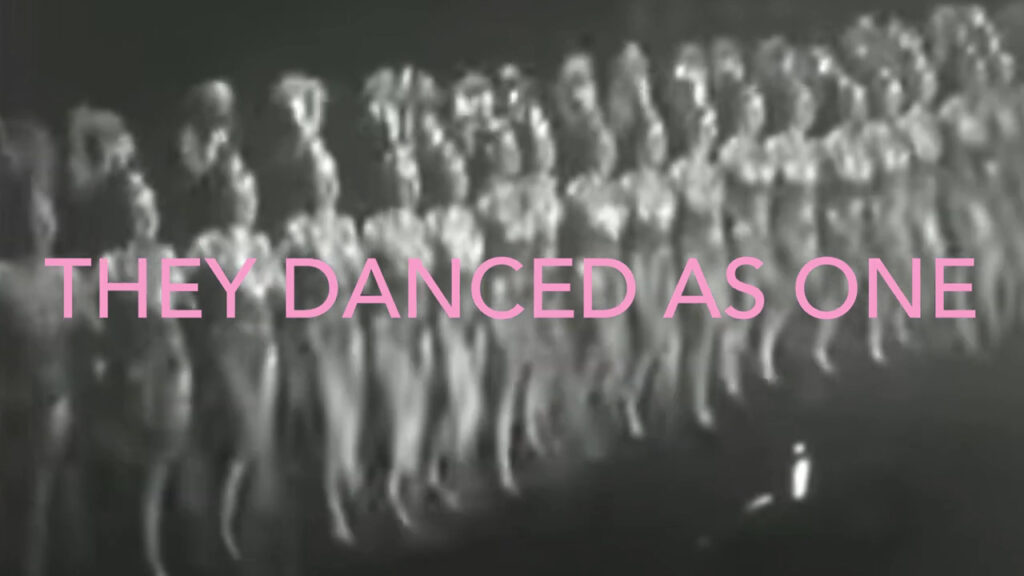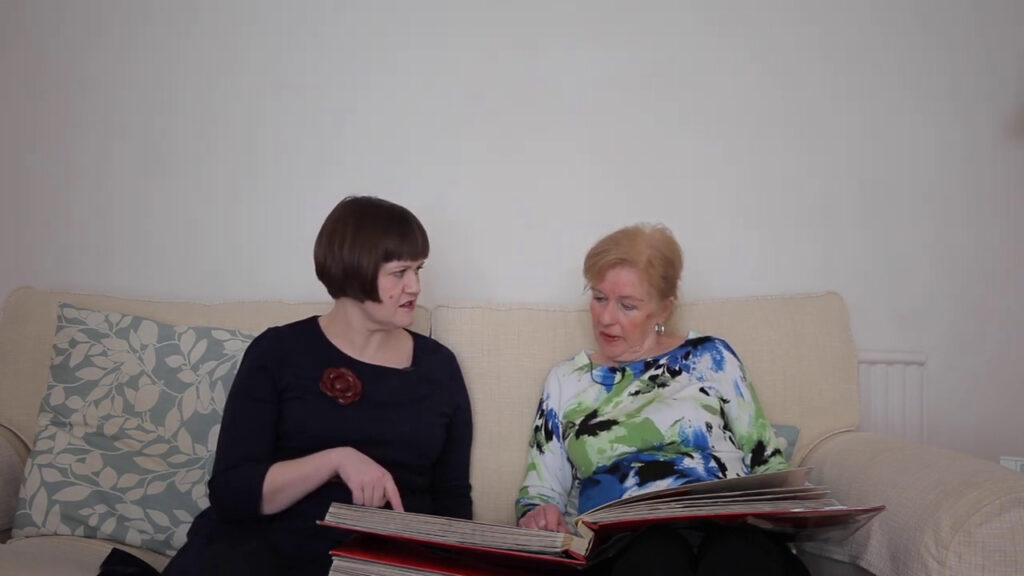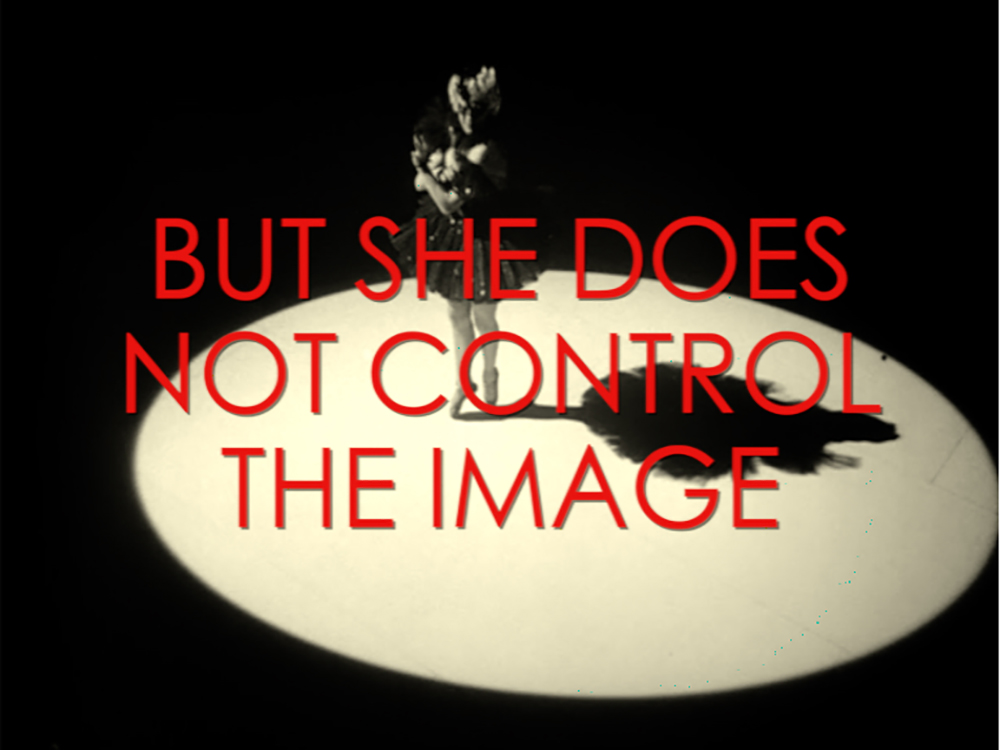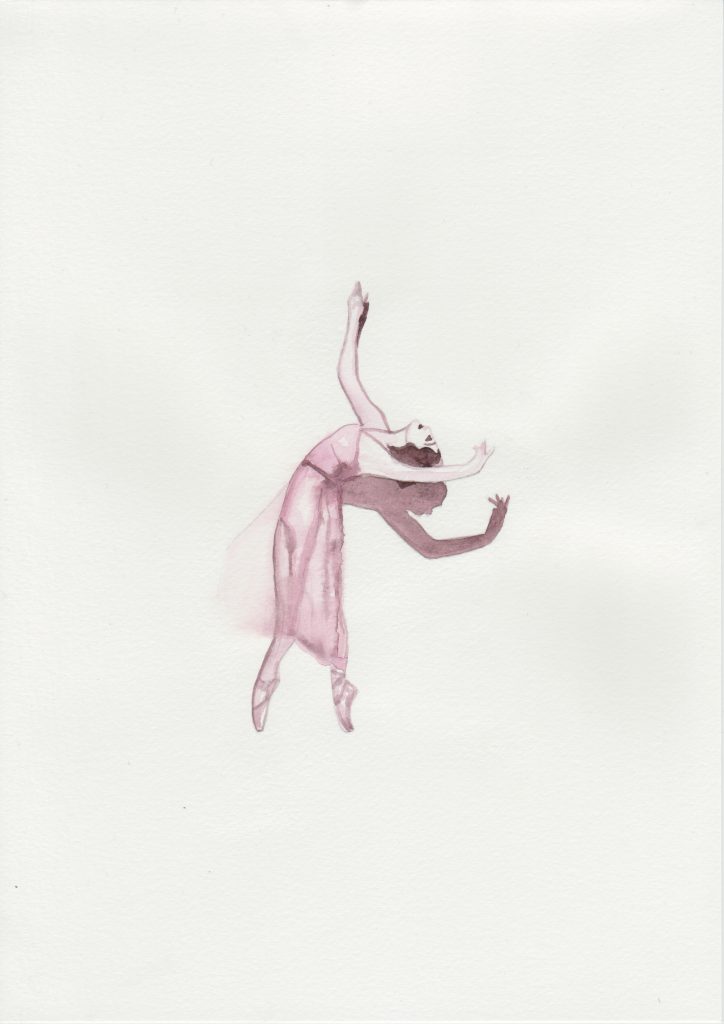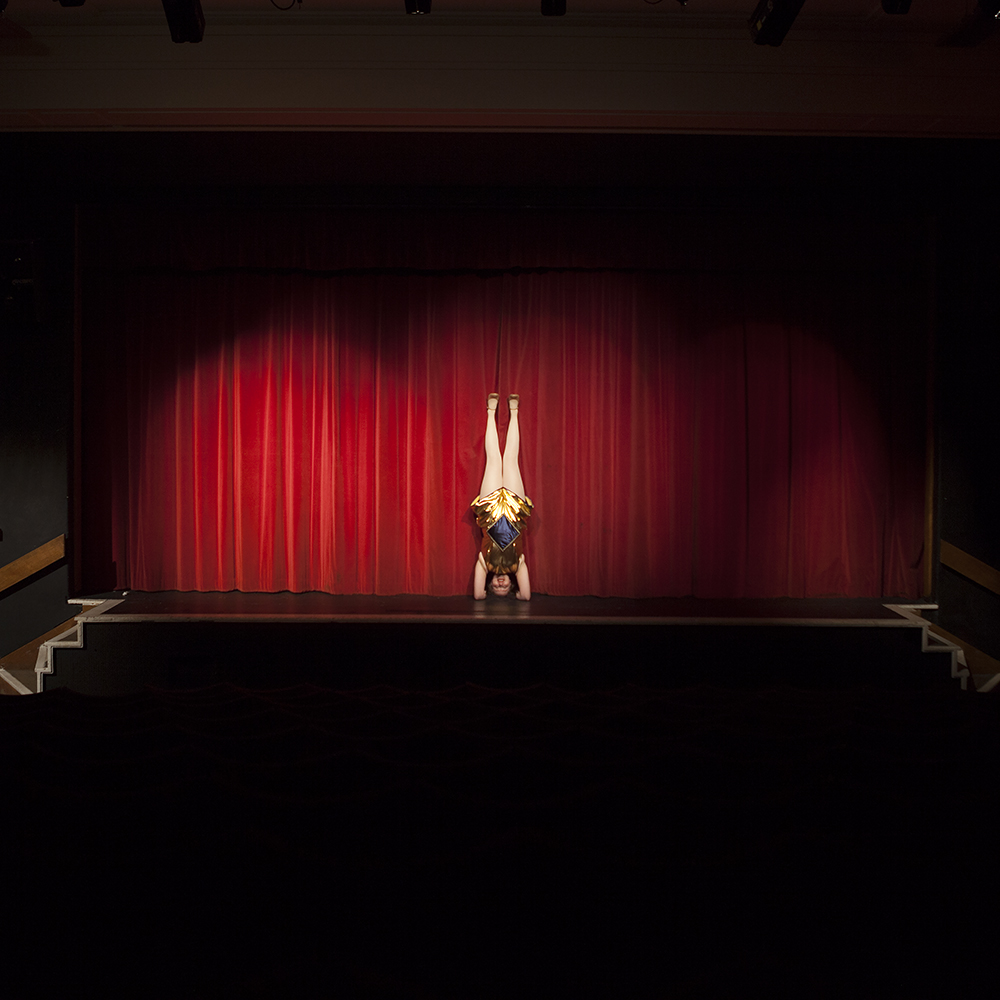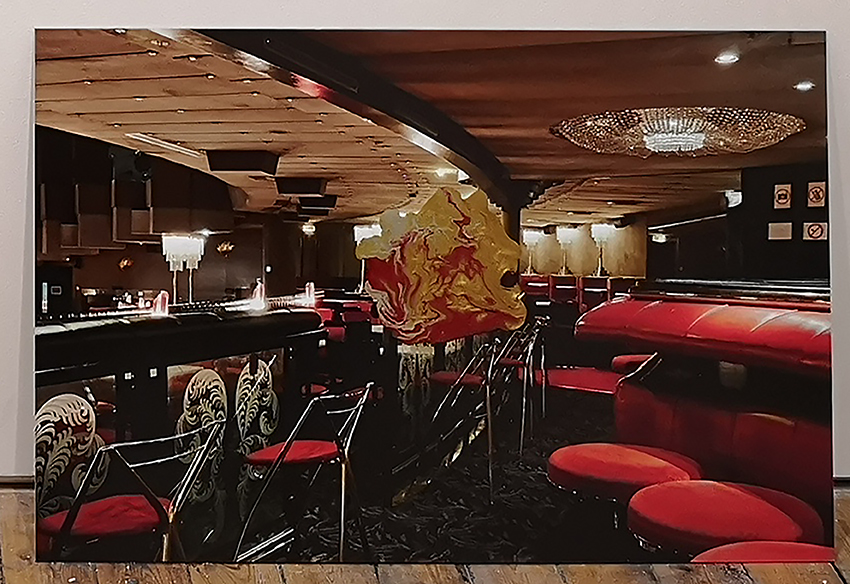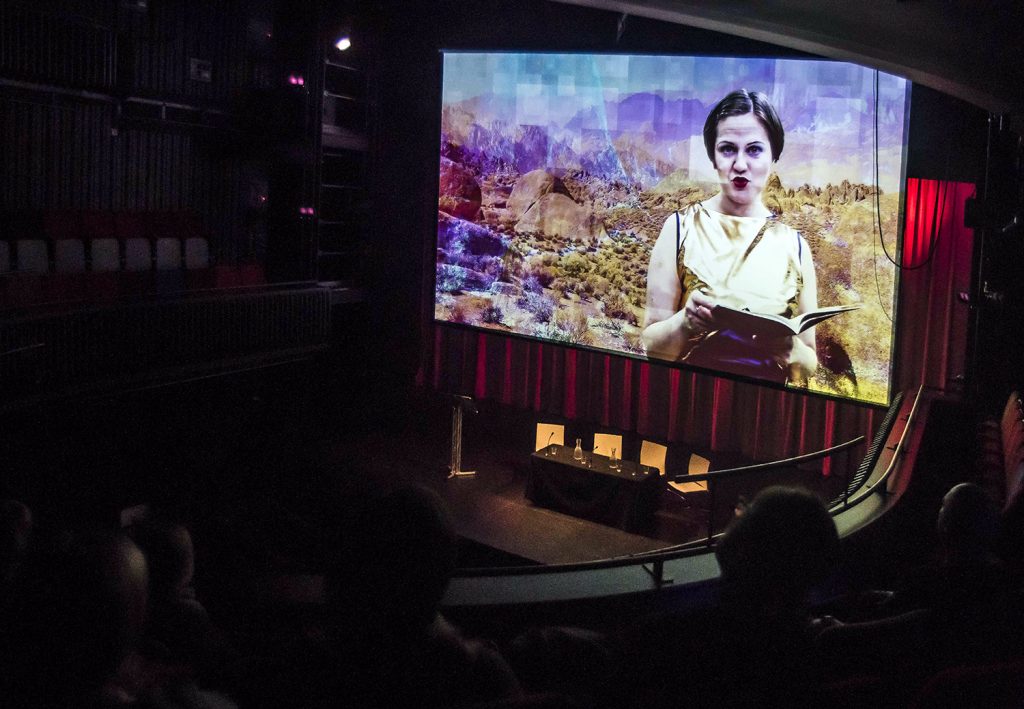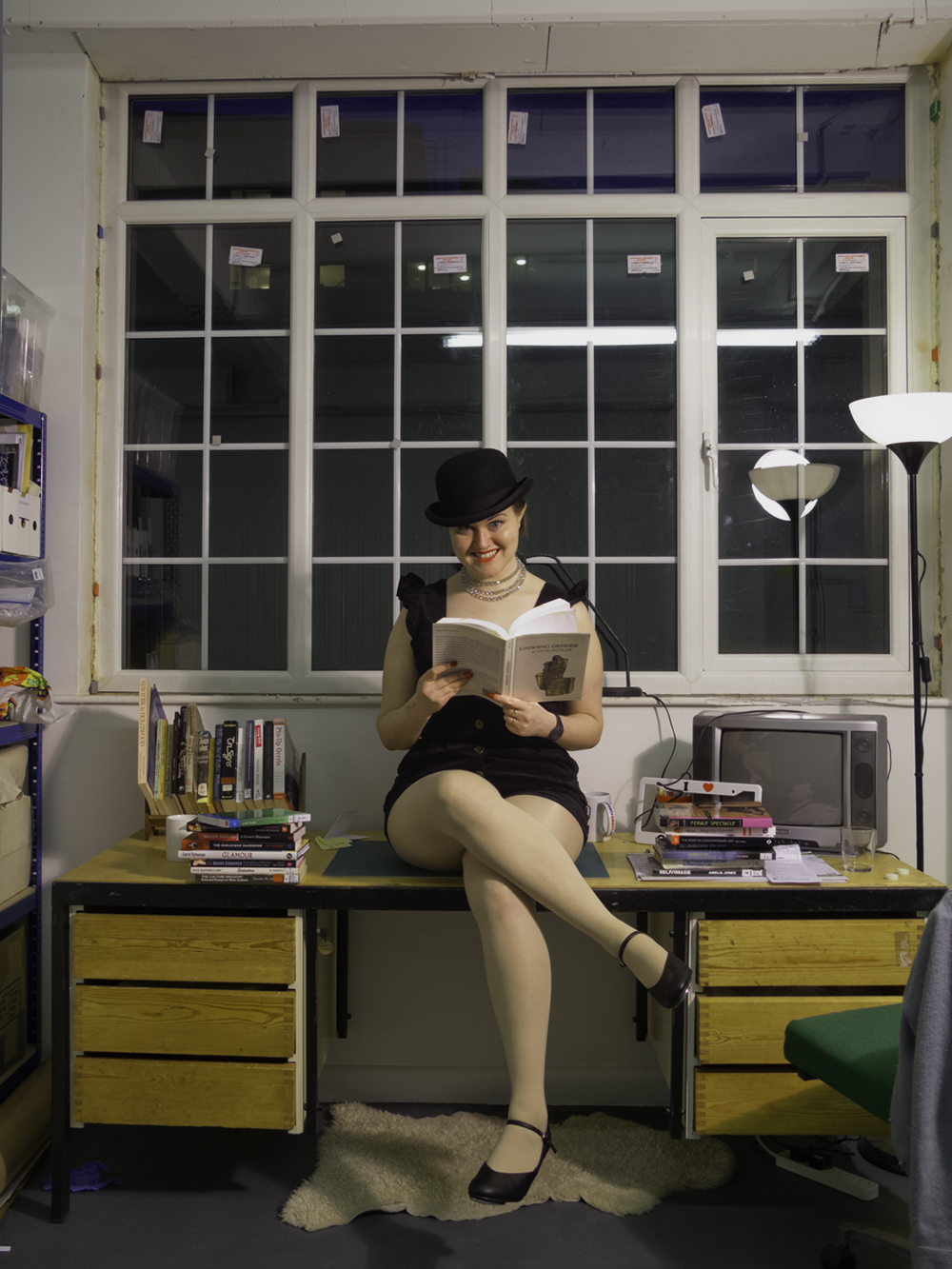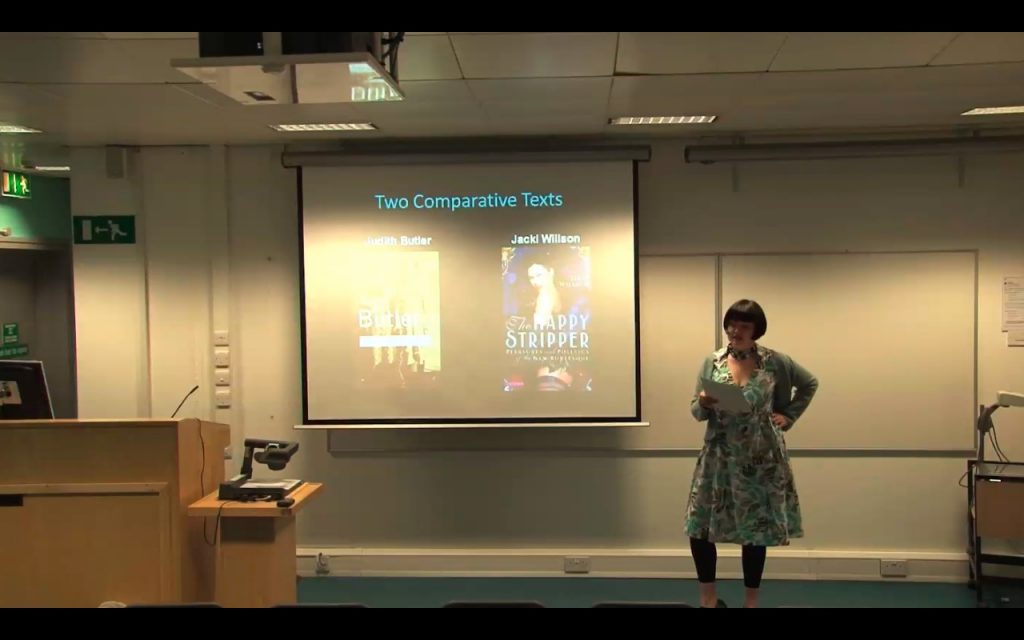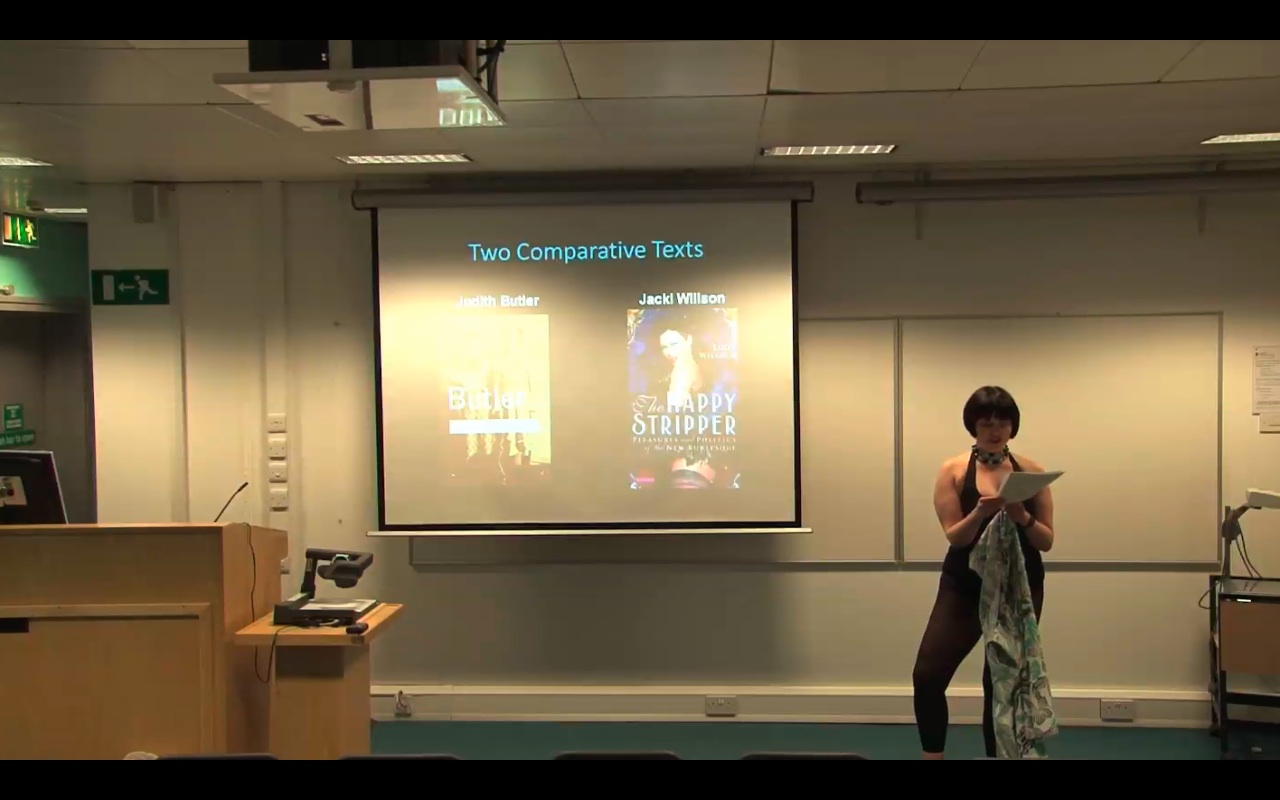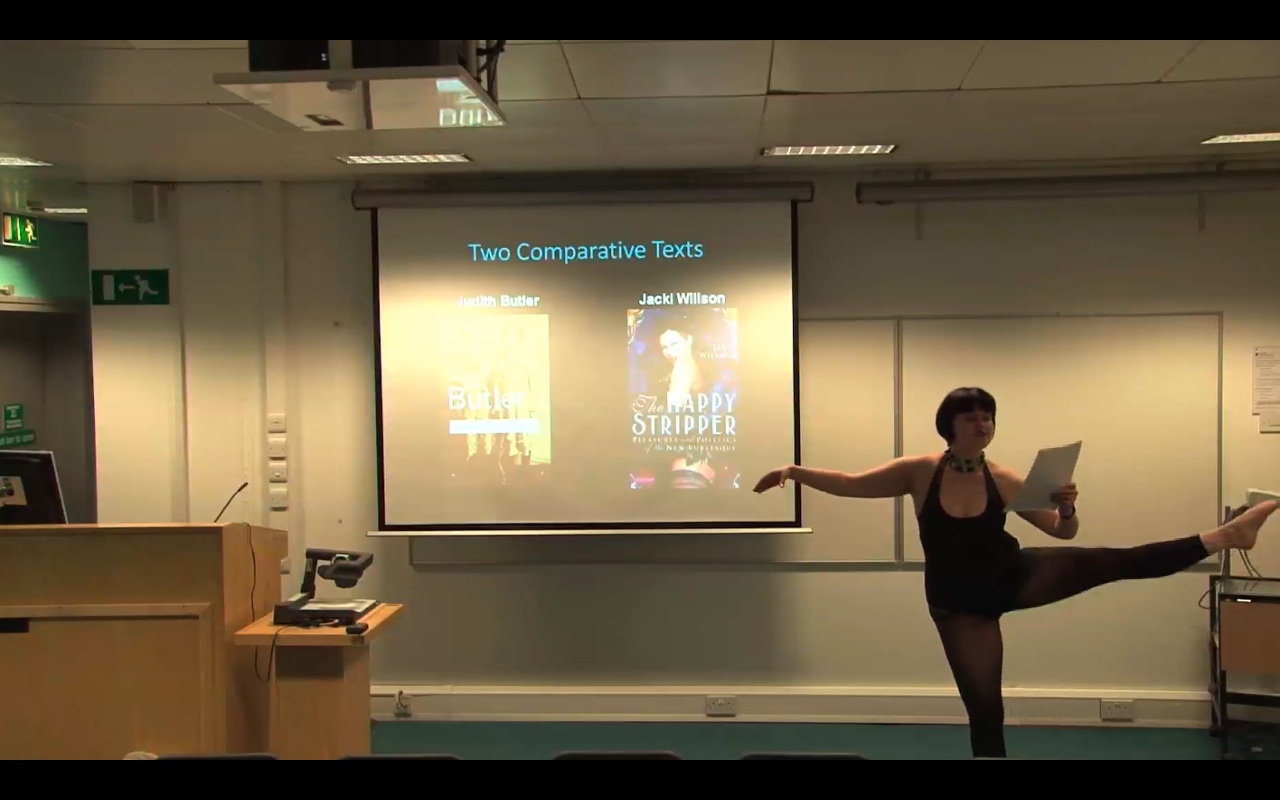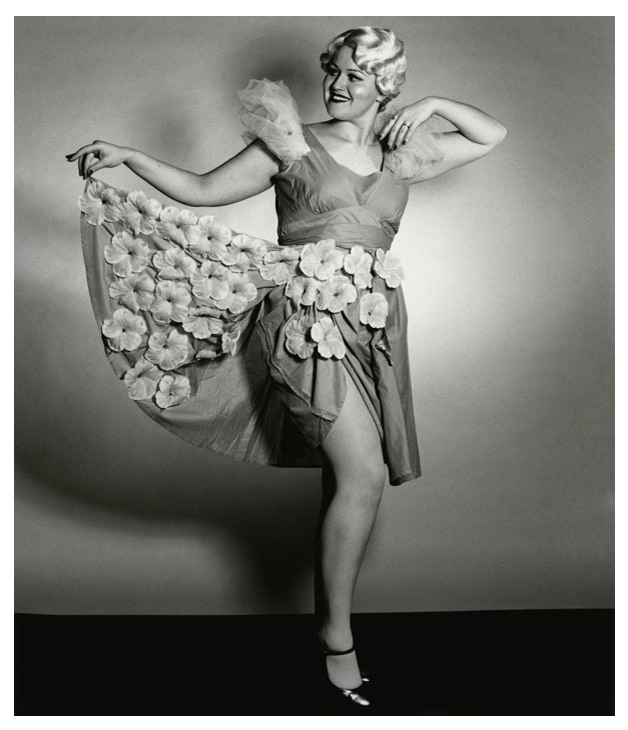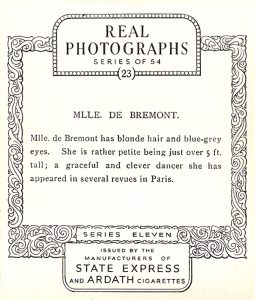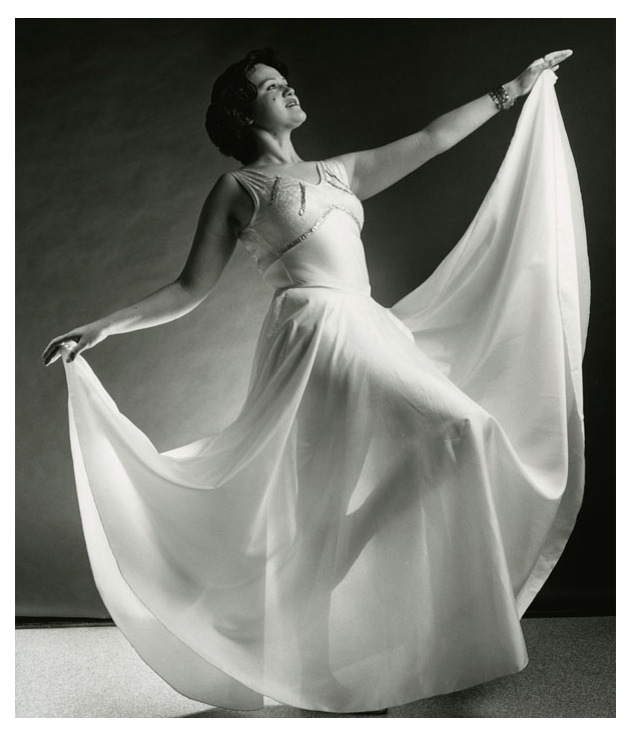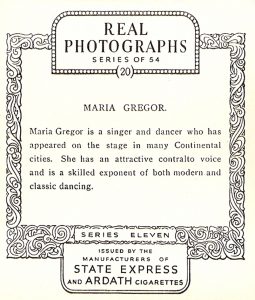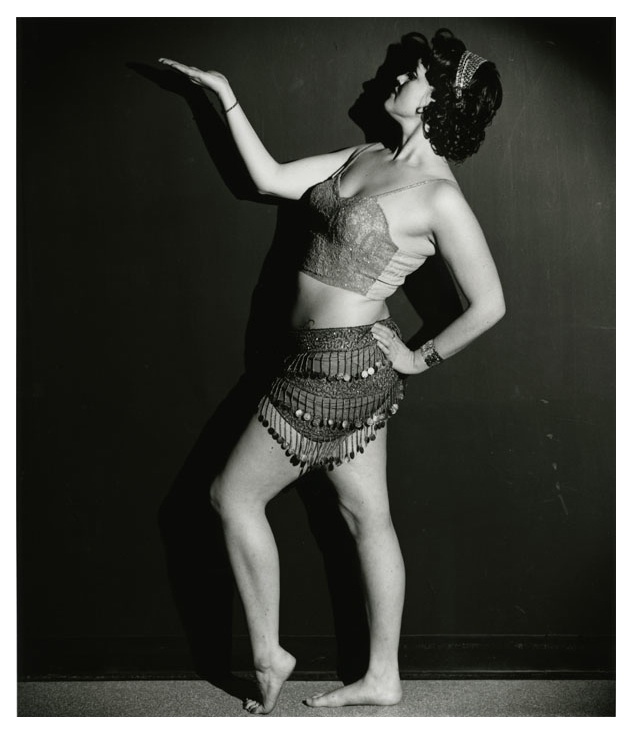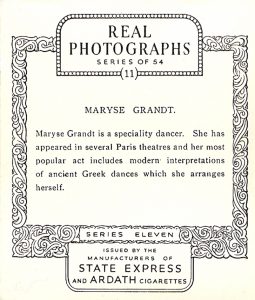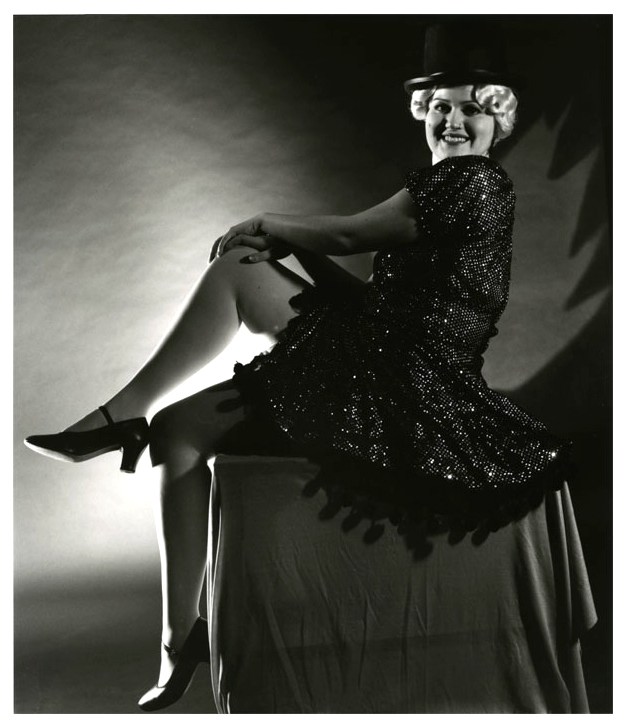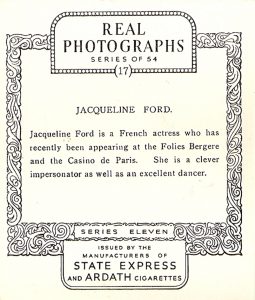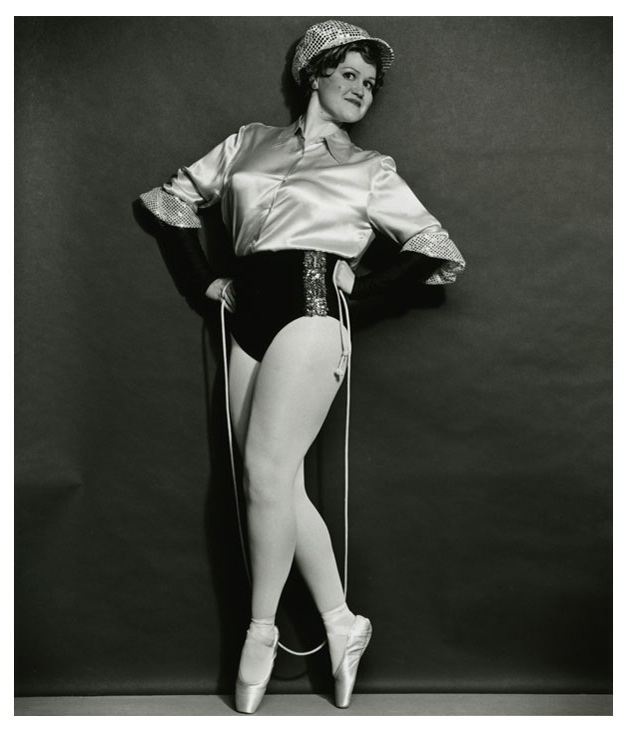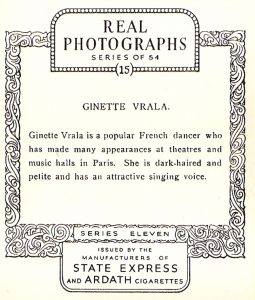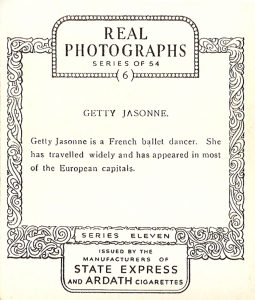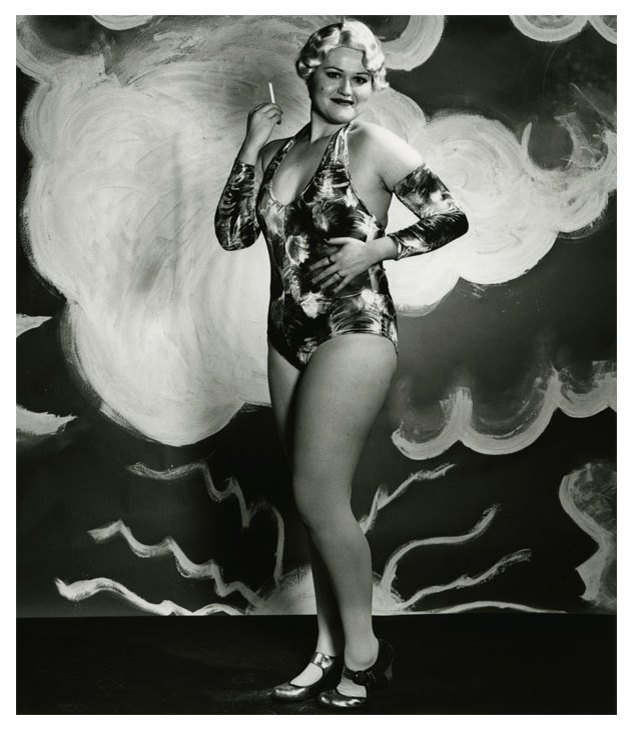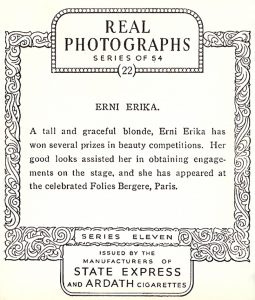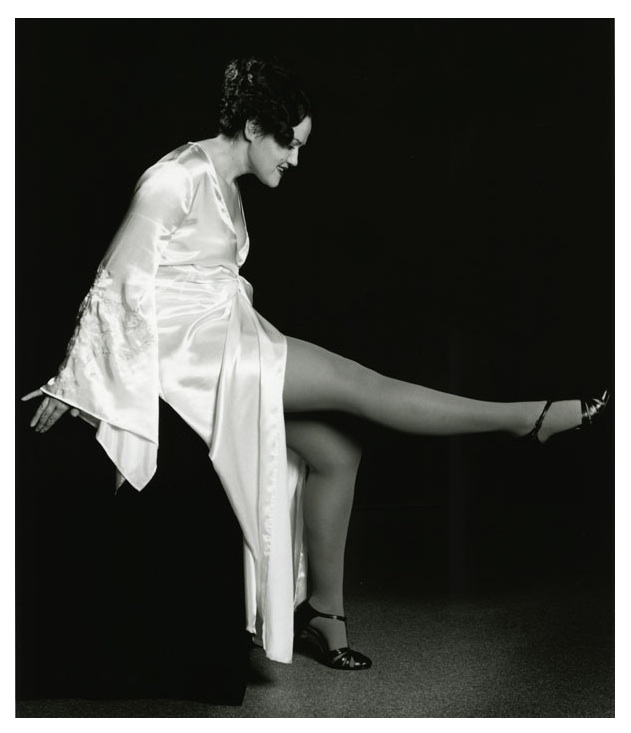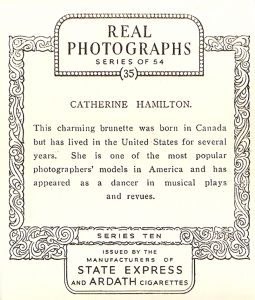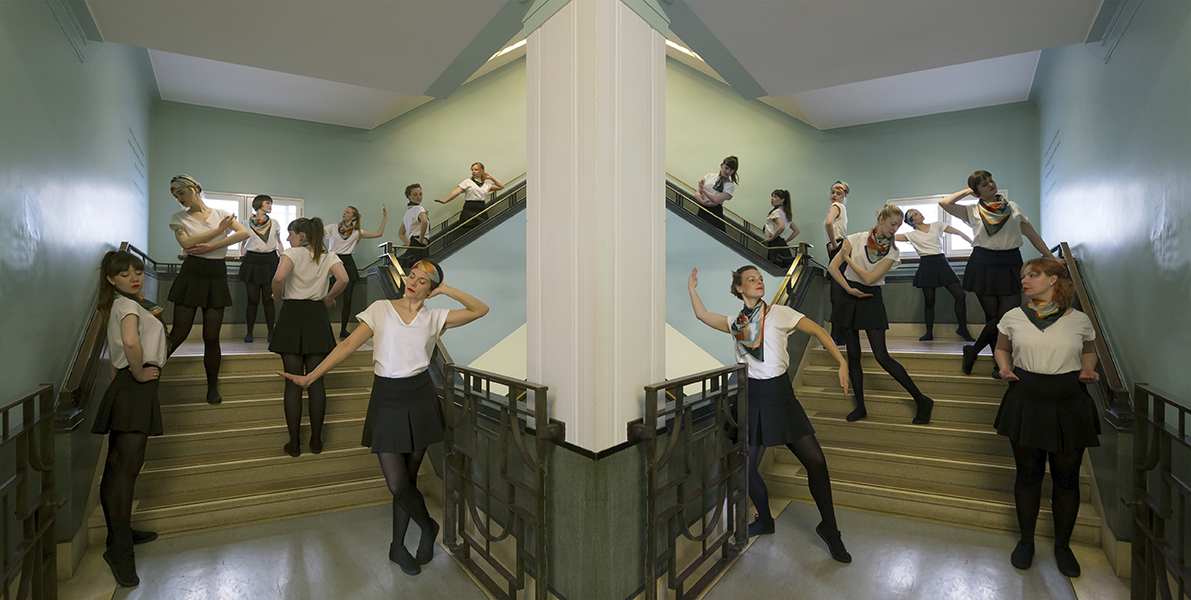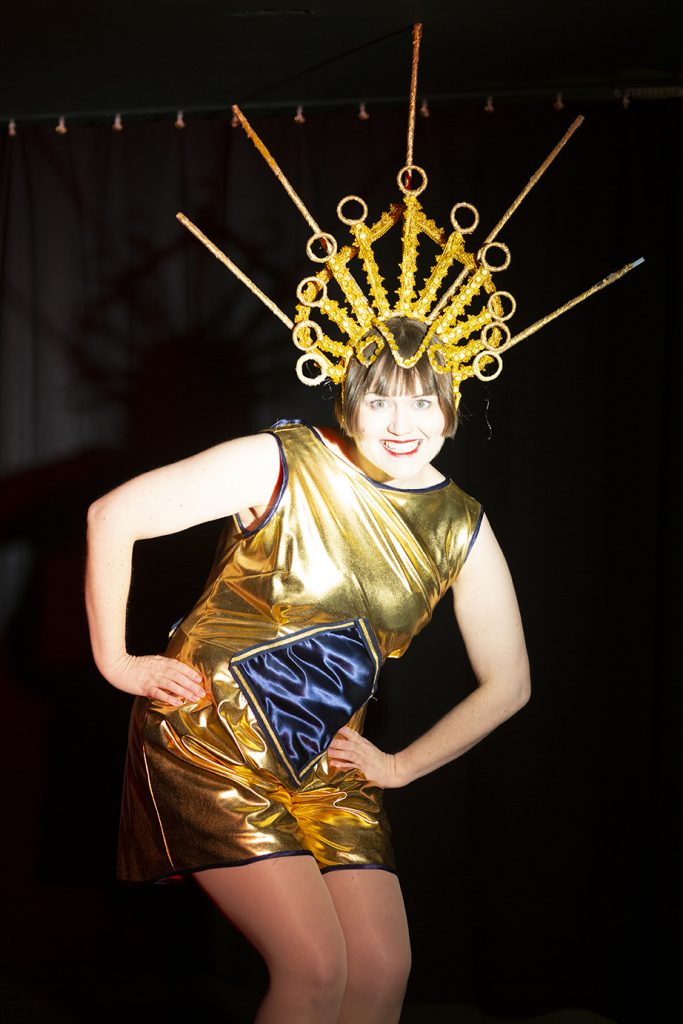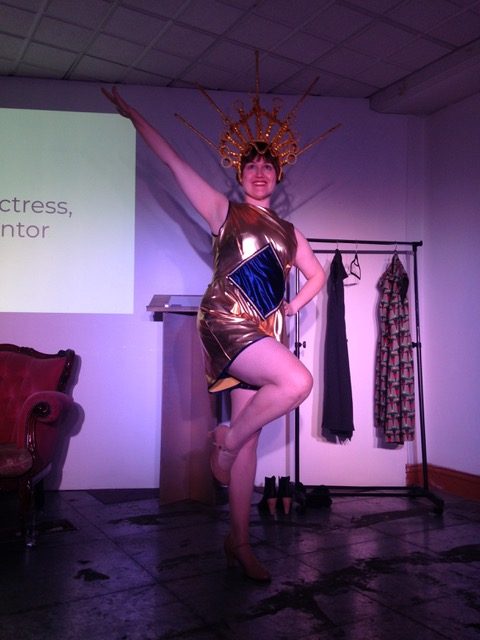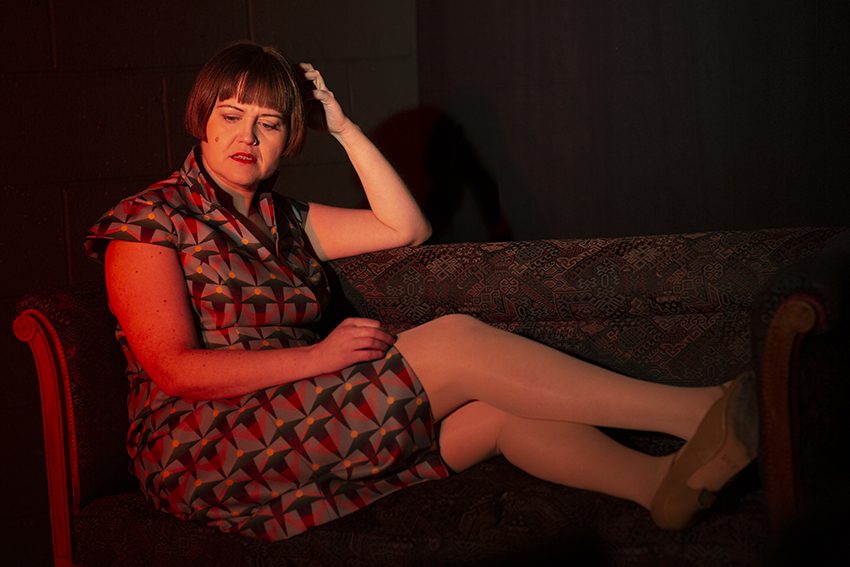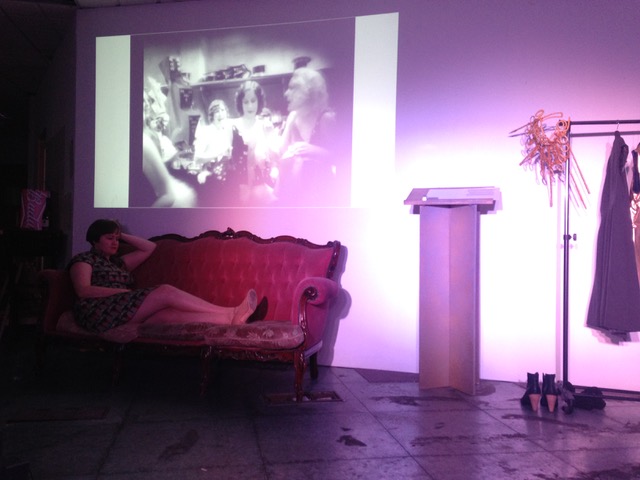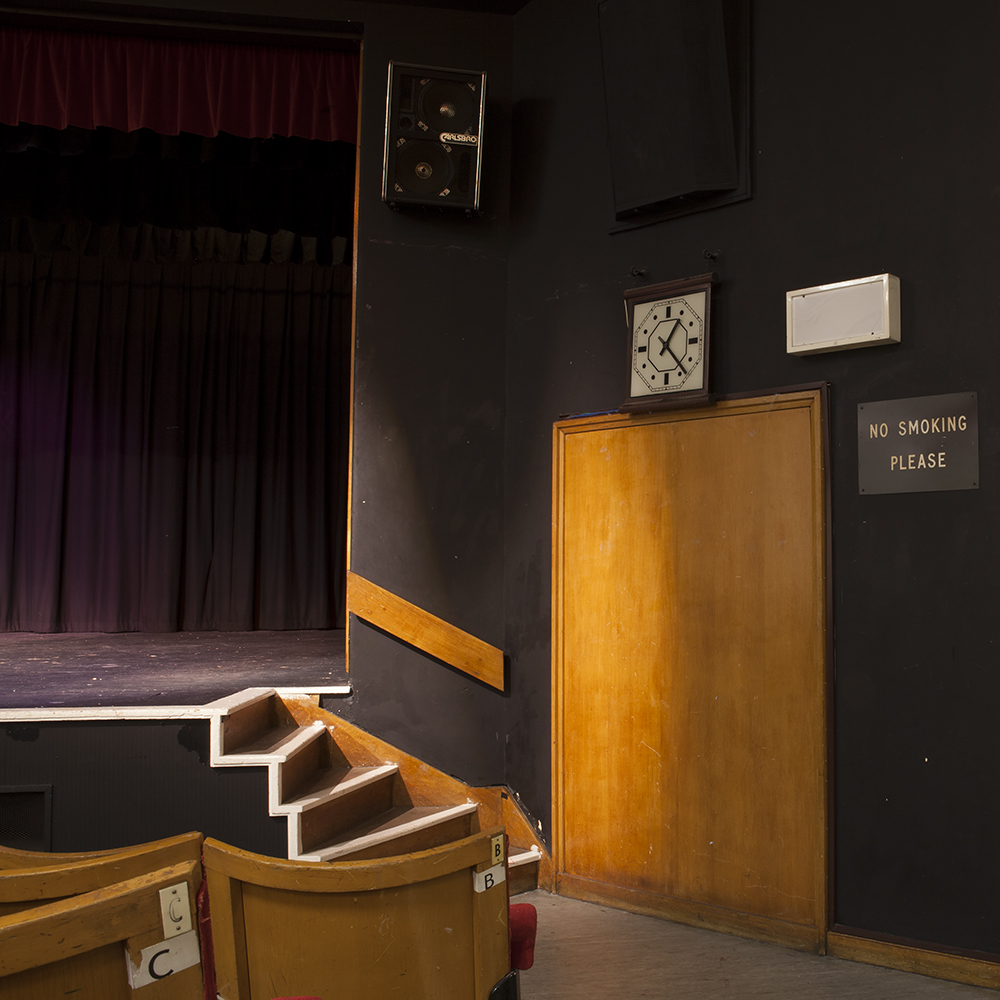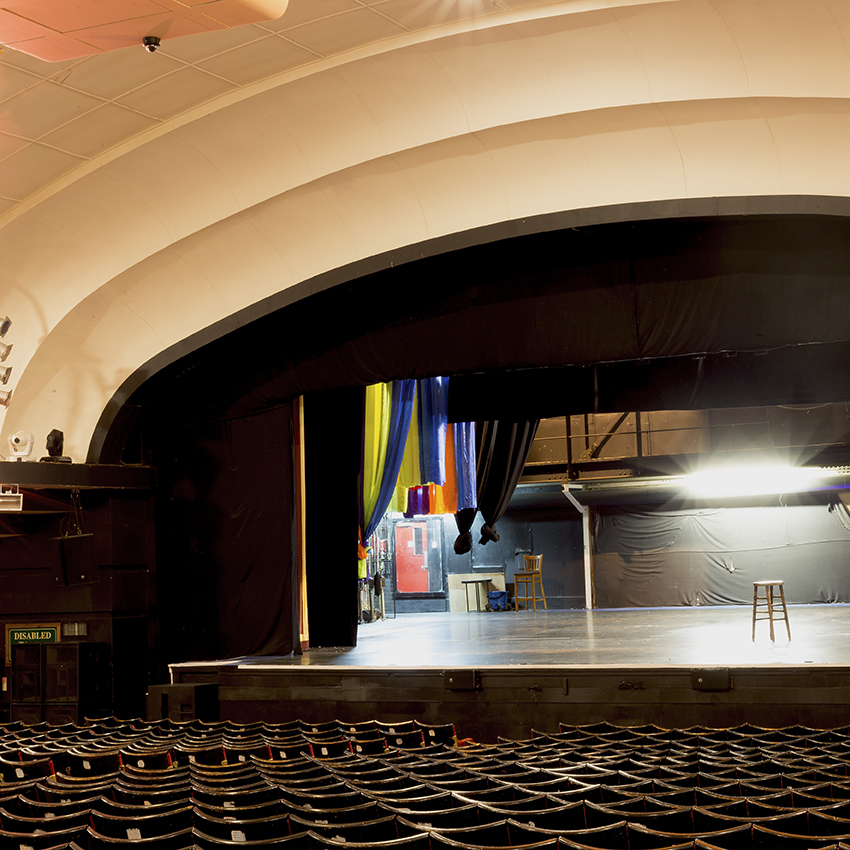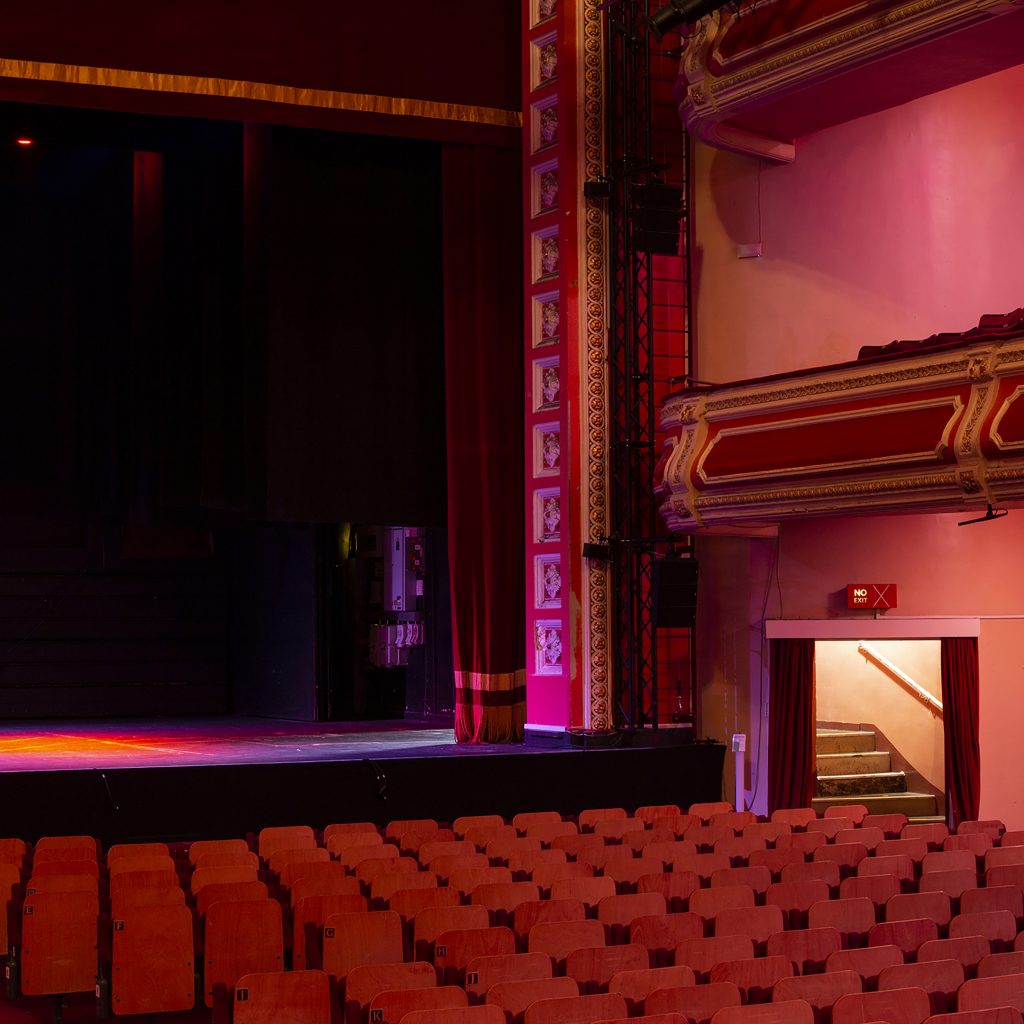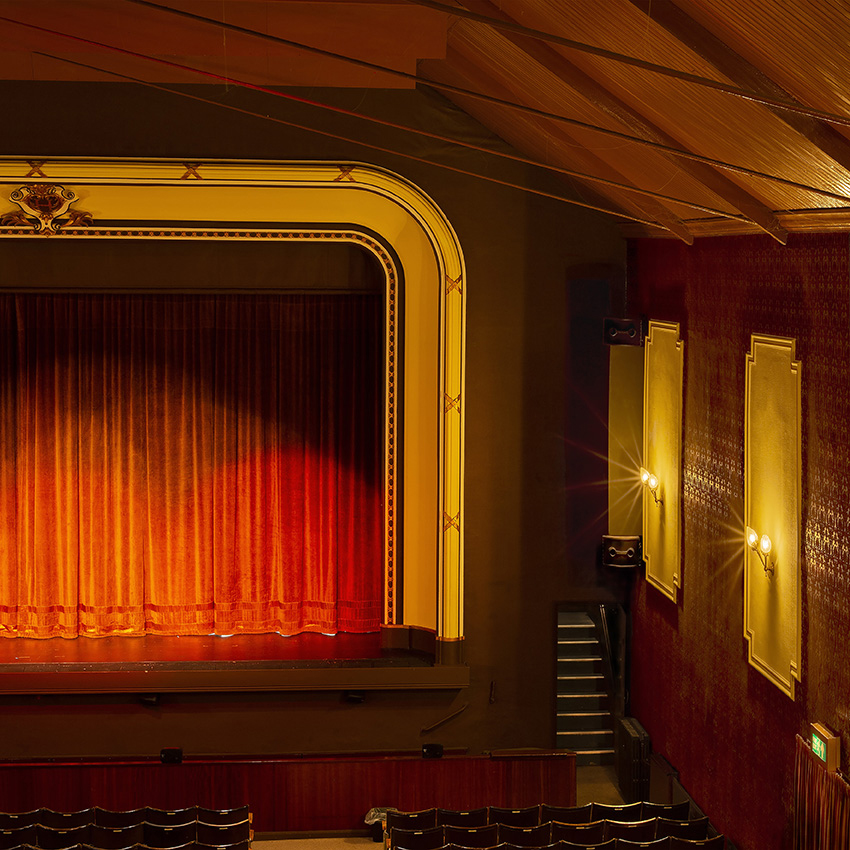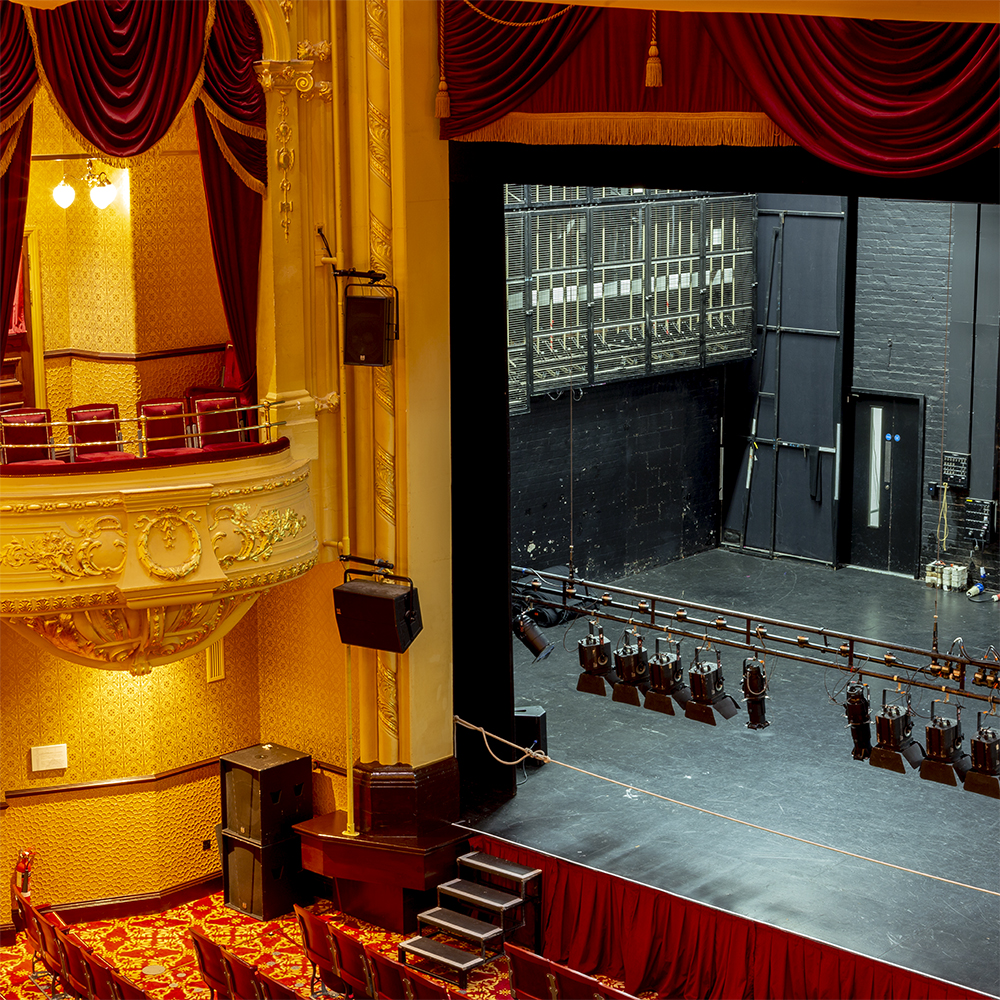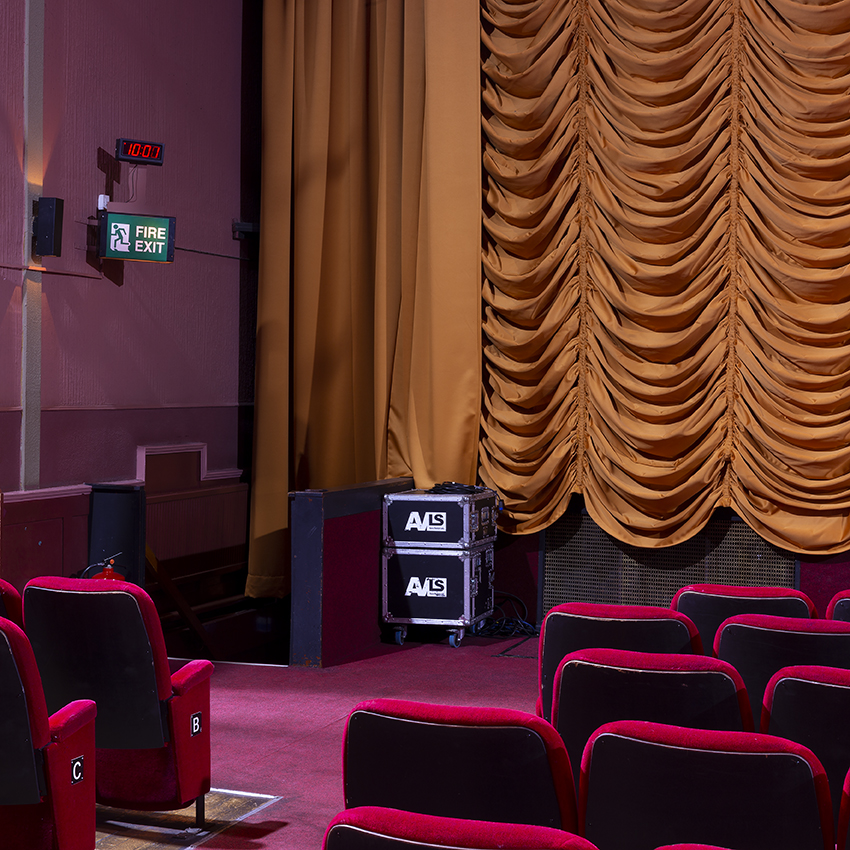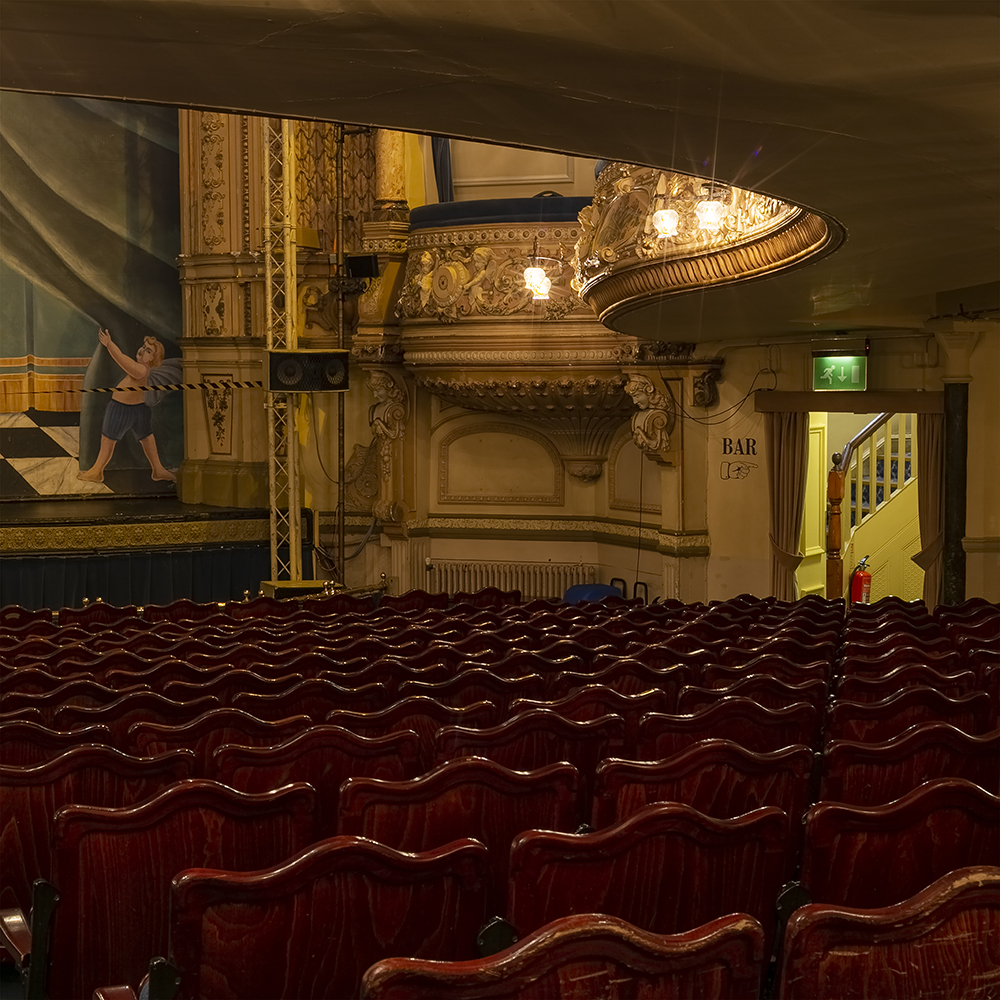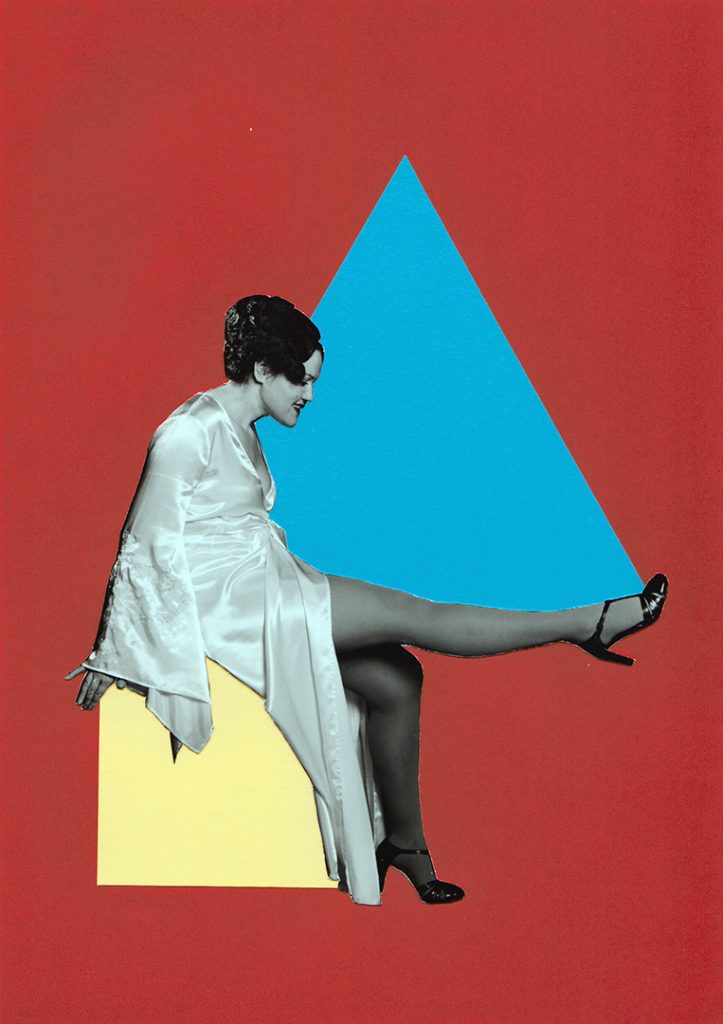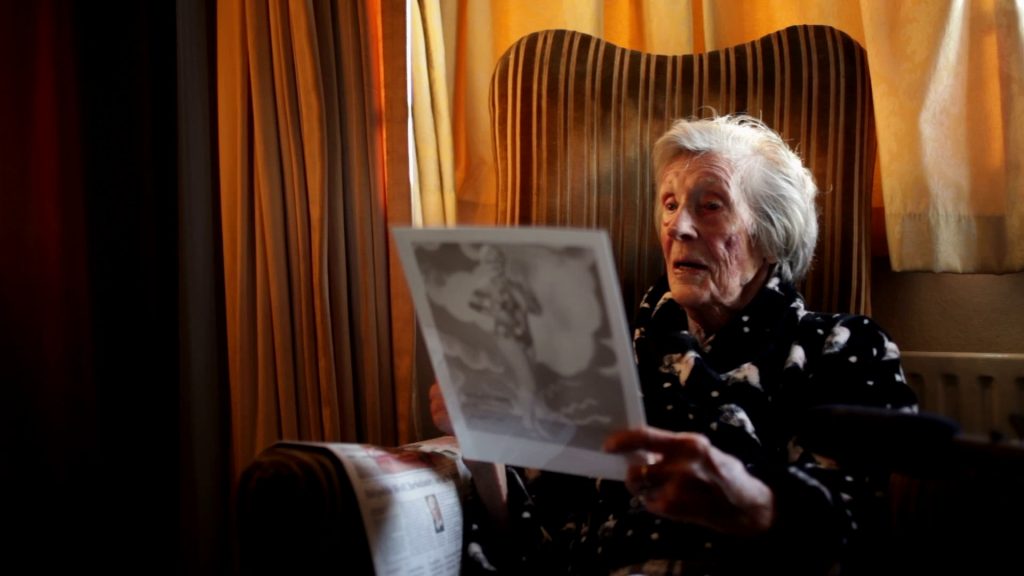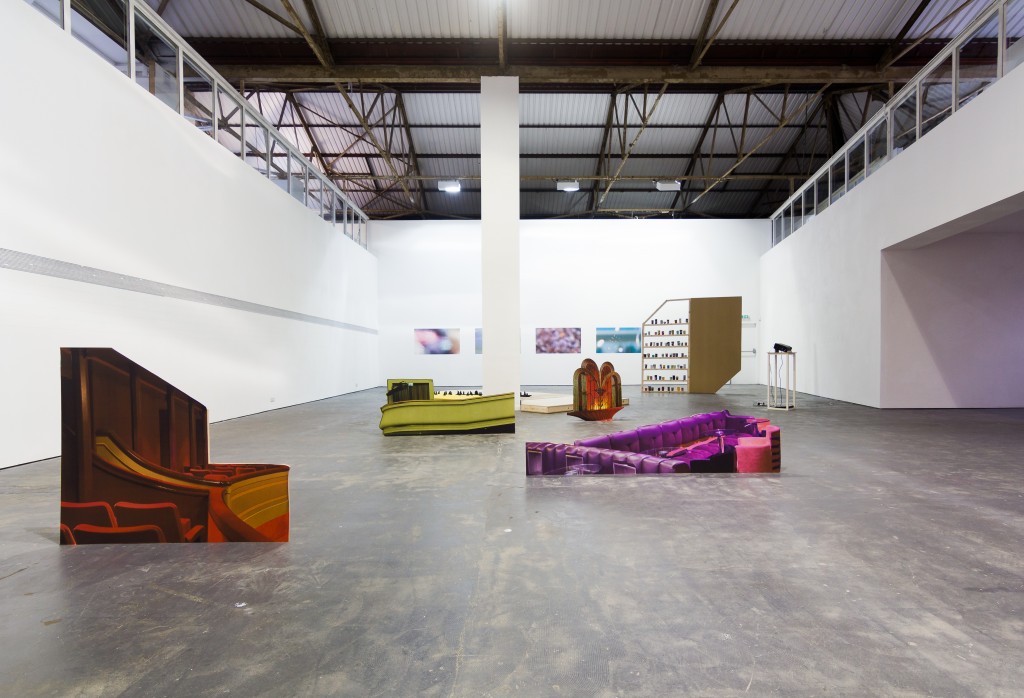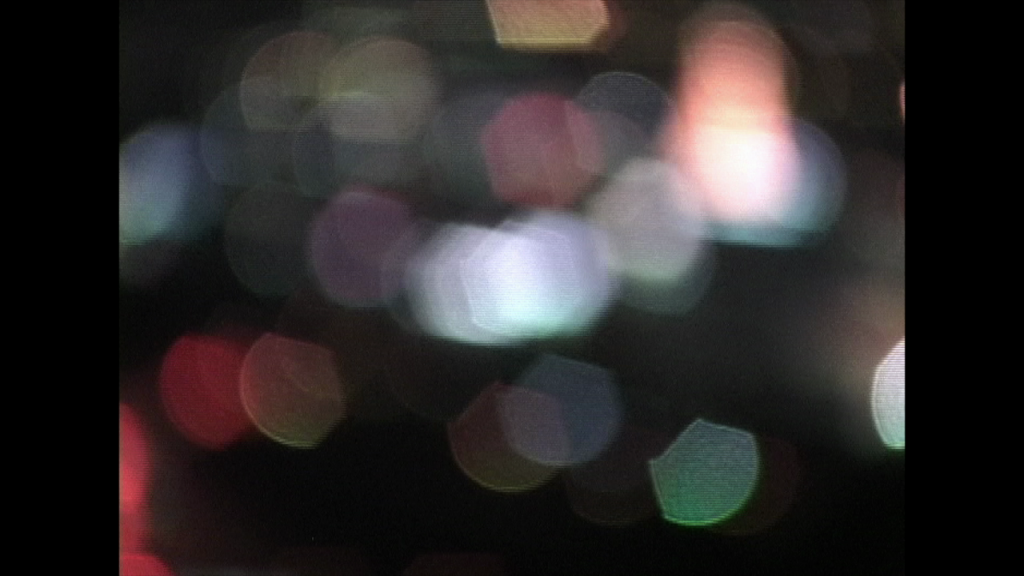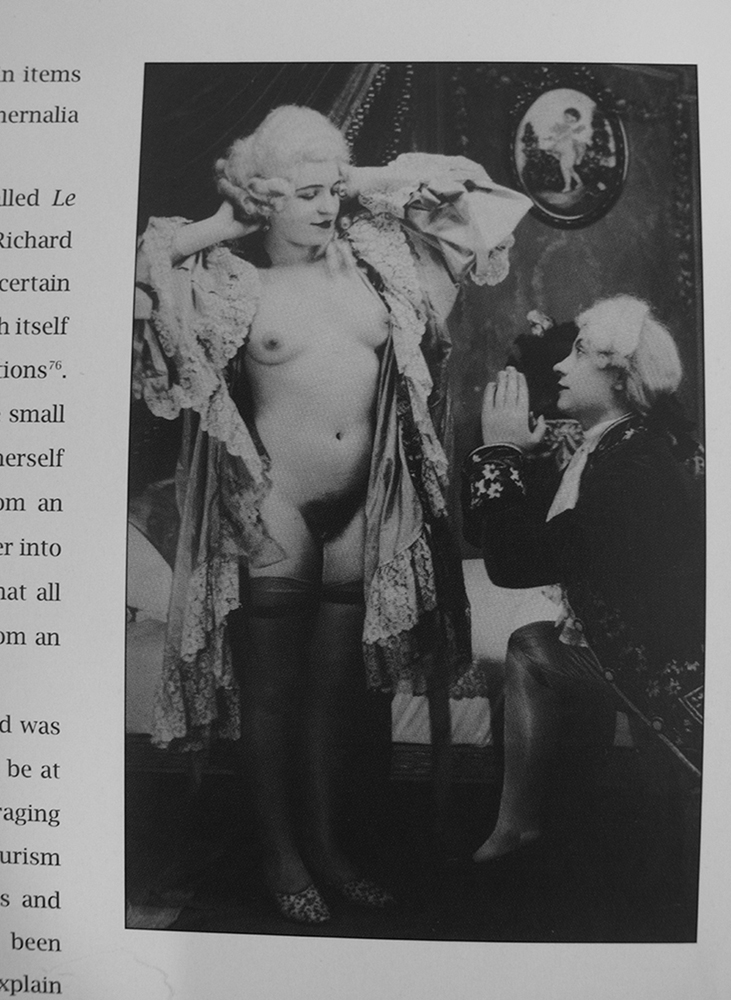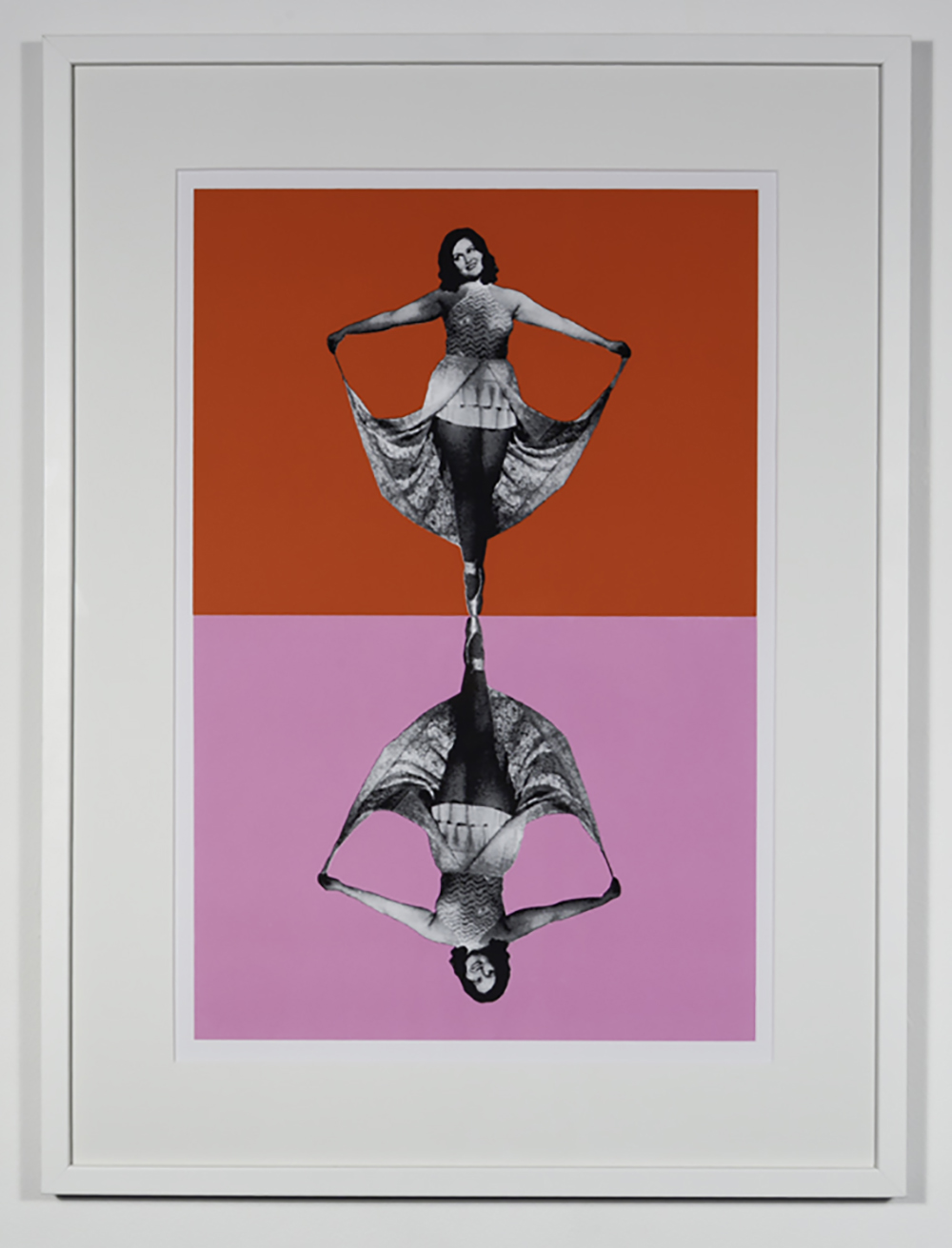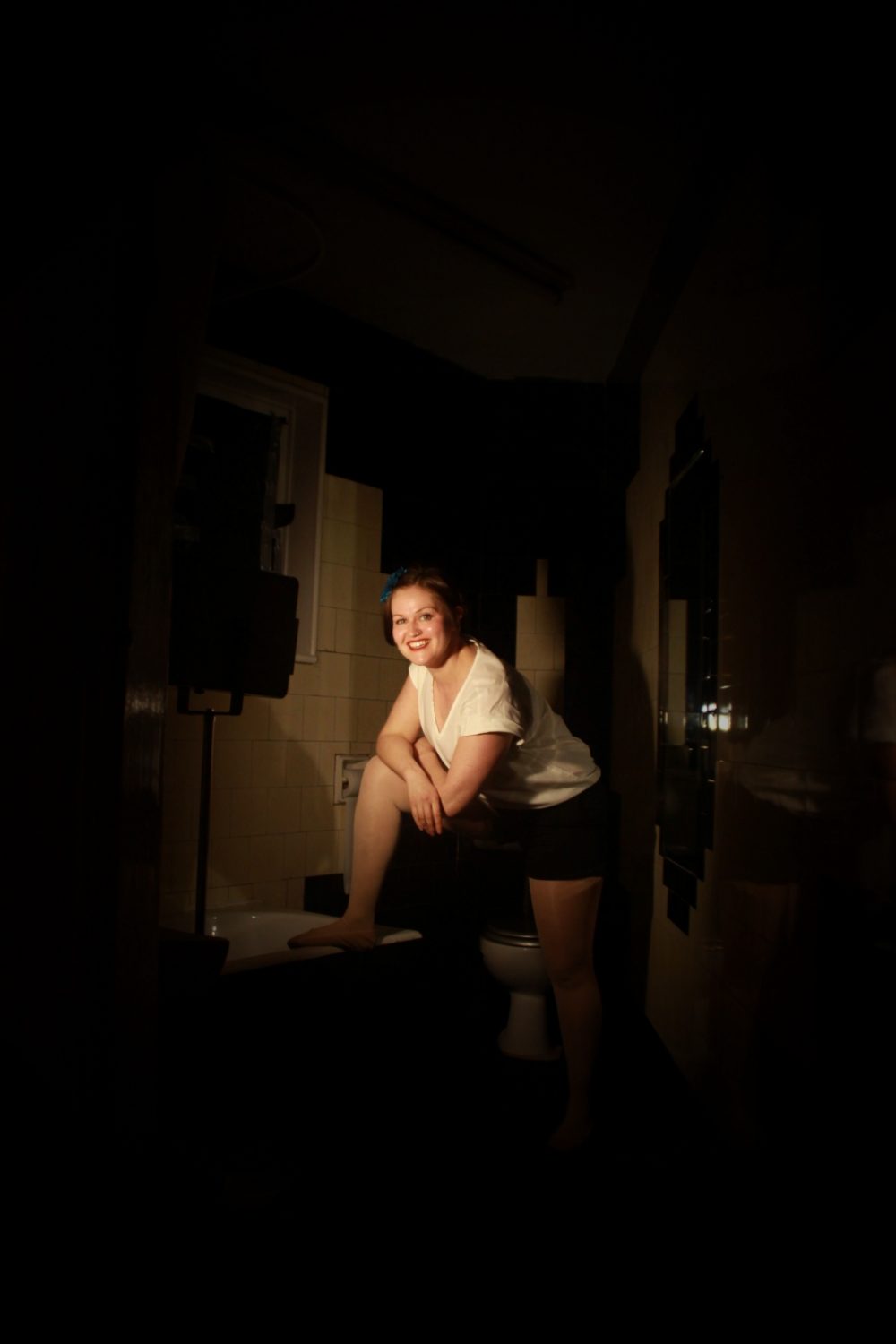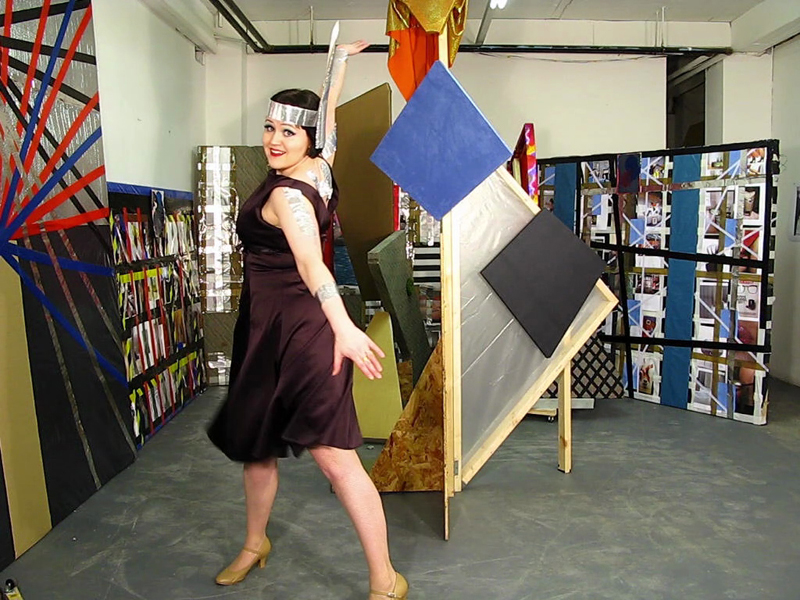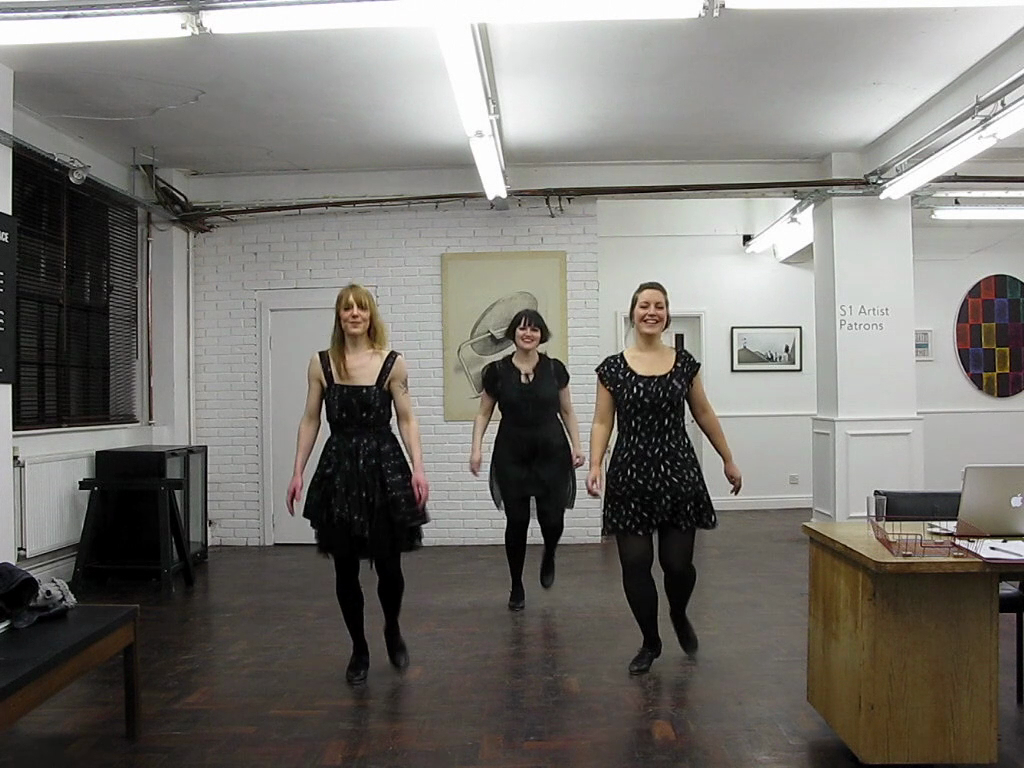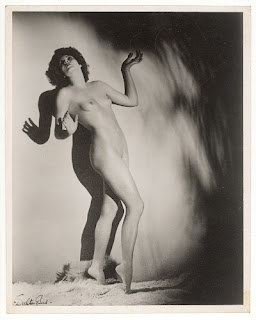Time for something more contemporary! Here are four male image-makers (they work in photo & video) who are using the figure of the stripper as a site of exploration. They show a fascination with the stripper but also work to expand our understanding of who she is and what she does.

Philip Lorca DiCorcia creates portraits that reinvigorate the form. He does more than portraits, actually, and his photographs always command my attention. He created a series of photographs of pole-dancers in action. I sense Lorca DiCorcia’s admiration and attempt to fathom the pole-dancer’s milieu in the photographs.

Tom Hunter‘s photographs tell stories of contemporary life. Inspired by newspaper headlines, sensational reporting and more Pre-Raphaelite compositional tropes, among other things, Hunter’s photographs are complex, full of detail and place our contemporary context into a historical one. And his photographs are (say it quietly) beautiful.
Mainly using video Francis Alys explores social constructions. He’s used a stripper combined with audio from a singer’s practicing exercises, to explore where a (public) performance begins and ends. Here, he employs the stripper’s performing, moving body, with it’s techniques and expertise, and yet this is not directly the subject of the work, rather, the stripper is used to construct something new in the artwork.
Ok, so now things are getting really interesting.
Leigh Ledare‘s work is just amazing and mind-blowing (and I’m jealous of his practice, not to mention the way he always
finishes the work is such a sophisticated way). I’ve blogged about his work before,
here. One day Leigh visited his Mom’s and she opened the door, naked, having just got up from sex with a younger man. Thus, she announced her sexuality to her son. Mom had been a ballet dancer, exotic dancer and placed ads looking for men to look after her. She approached Leigh to document her sexuality. Leigh does so, in an intelligent, sensitive and self-reflexive way. Never leaving Mom to be the subject of a forensic, pathologised study. His practice has included photographs of Mom in flagrante, her posing for him, sometimes he is in the frame, sometimes they are having innocent fun together, other times something more erotic is inferred. Also, handwritten notes from Mom, from his younger self further contextualise their relationship. Mom resolutely takes an active role in the images. Her challenging unrepentant gaze frequently looks out at us. And Leigh’s newer works trace Mom’s actions, but using himself, by placing his own ads in papers and soliciting women to make photographs that objectify him. In Leigh’s work, subject-object politics is always complex.




